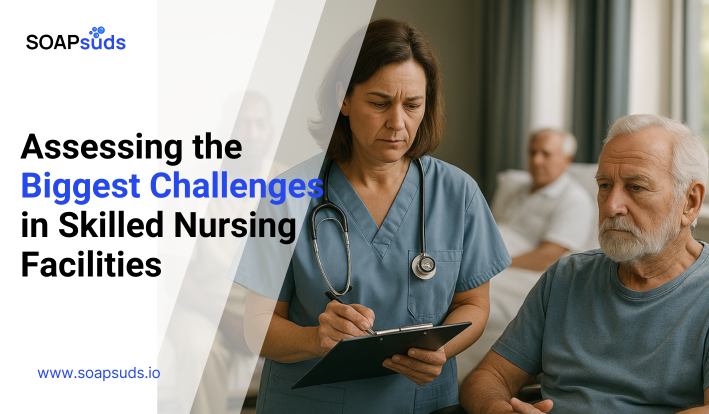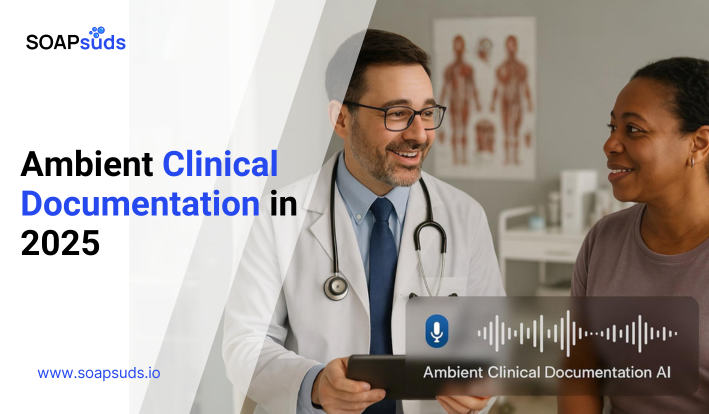How Speech Recognition Technology is Transforming the Healthcare
SOAPsuds team
Published: 12/17/2024
SOAPsuds team
Published: 12/17/2024

New technologies suggest that speech recognition might be the future of medical documentation...

Over recent years, skilled nursing facilities have faced significant pressure as they navigate a new

Delivering quality healthcare today depends on smooth EMR/EHR data sharing and connectivity among devices...

Ambient clinical documentation is quietly changing how healthcare works. It acts like an unseen helper

Artificial intelligence is changing medical documentation, helping healthcare workers keep patient records organized and reduce...

In-person scribes are becoming less common as more efficient and cost-effective alternatives are developed...
Clinical Notes
SOAP notes
DAP notes
AI medical notes